The Timeless Appeal of Tile Roofing: Why It's a Smart Investment for a Home
The durability stems from the inherent strength of fired clay or concrete materials, which resist damage from extreme weather conditions, including intense heat, freezing temperatures, and high winds.
Tile roofing has existed for thousands of years, from ancient Chinese dynasties to Mediterranean civilizations. The enduring presence of tile roofs on centuries-old structures is a testament to their remarkable longevity. Modern manufacturing techniques have enhanced these time-tested materials, creating roofing solutions that regularly last 50 to 100 years with proper maintenance. The durability stems from the inherent strength of fired clay or concrete materials, which resist damage from extreme weather conditions, including intense heat, freezing temperatures, and high winds.
Aesthetic Versatility and Property Value
Property values benefit significantly from tile roof installations. Real estate professionals consistently report higher resale values for homes featuring tile roofs, with increases ranging from five percent to ten percent compared to properties with standard asphalt shingles. The aesthetic appeal derives from the various styles, colors, and profiles. From Spanish barrel tiles to flat slate-look options, architectural possibilities abound. Contemporary manufacturing processes produce tiles mimicking wood shakes, stone slate, or traditional clay while maintaining superior durability.
Energy Efficiency and Environmental Benefits
The natural thermal properties of tile roofing contribute to reduced energy consumption. The structure of installed tiles creates natural ventilation channels, helping regulate indoor temperatures throughout seasonal changes. Studies from the Oak Ridge National Laboratory demonstrate that tile roofs can lower air conditioning costs by up to twenty percent compared to conventional roofing materials. Additionally, tile roofing materials contain no chemical preservatives and are manufactured from natural materials, making them environmentally responsible choices. At the end of their service life, tiles can be recycled or repurposed, reducing landfill impact.
Weather Resistance and Protection
Climate resilience stands as a hallmark characteristic of tile roofing systems. Class A fire ratings come standard with tile roofs, providing superior protection against airborne sparks and wildfires. The density of concrete and clay tiles enables them to withstand hail impacts that damage other roofing materials. Properly installed tile roofs in coastal areas resist salt spray deterioration and high winds, often exceeding building code requirements for hurricane-prone regions. The overlapping installation pattern creates multiple barriers against water penetration, protecting the underlying structure from moisture damage.
Installation Considerations and Professional Expertise
Professional installation remains crucial for maximizing the benefits of tile roofing. The process requires specialized knowledge of load-bearing requirements, proper underlayment selection, and ventilation considerations. Since tile roofing weighs more than conventional materials, structural assessment precedes installation. Expert installers understand the importance of proper flashing techniques around chimneys, vents, and valleys. They also recognize the significance of maintaining consistent spacing and alignment for optimal performance and aesthetic appeal.
Long-term Cost Benefits
While initial installation costs exceed those of standard roofing materials, the long-term financial advantages become apparent through decades of service life. The durability translates to reduced maintenance requirements and fewer repairs over time. Insurance companies often provide premium discounts for homes with tile roofs due to their superior protection against weather-related damage. The energy efficiency properties contribute to ongoing utility savings, making tile roofing an economically sound investment when considering lifetime costs.
Maintenance Recommendations
Regular maintenance practices extend the service life of tile roofs beyond their already impressive lifespan. Annual inspections help identify and address minor concerns before they become significant. Professional roofing contractors can spot signs of potential concerns, such as cracked tiles or deteriorating underlayment. Maintaining clean gutters and removing debris from valleys prevents water damage to the roof structure. Periodic checks of flashings and penetration seals maintain the roofing system's integrity.
Modern Innovations in Tile Roofing
Recent technological advances have enhanced traditional tile roofing benefits. Modern manufacturing processes produce lighter-weight tiles that maintain durability while reducing structural load requirements. Solar-reflective coatings increase energy efficiency, particularly in warm climates. Innovative installation systems improve wind resistance and streamline the installation process. These advancements combine the proven benefits of traditional tile roofing with modern performance requirements.
A Legacy of Protection and Value
Tile roofing represents an investment in lasting quality and protection. The combination of durability, aesthetic appeal, and environmental benefits creates a compelling argument for tile roofing. Decades of reliable performance and minimal maintenance requirements demonstrate the practical advantages of tile roof systems. As weather patterns become more extreme and energy efficiency grows increasingly important, the inherent properties of tile roofing continue to prove their worth. The decision to install a tile roof extends beyond immediate considerations, establishing a legacy of protection and value for future generations.
Irish Roofing Company provides Scottsdale with residential tile roof installation and replacement, shingle roof installation and replacement, metal roof installation and replacement, roof repair, roofing maintenance, and roof inspection services. Count on our uniformed, knowledgeable, and experienced roofers for high-quality roofing solutions.

